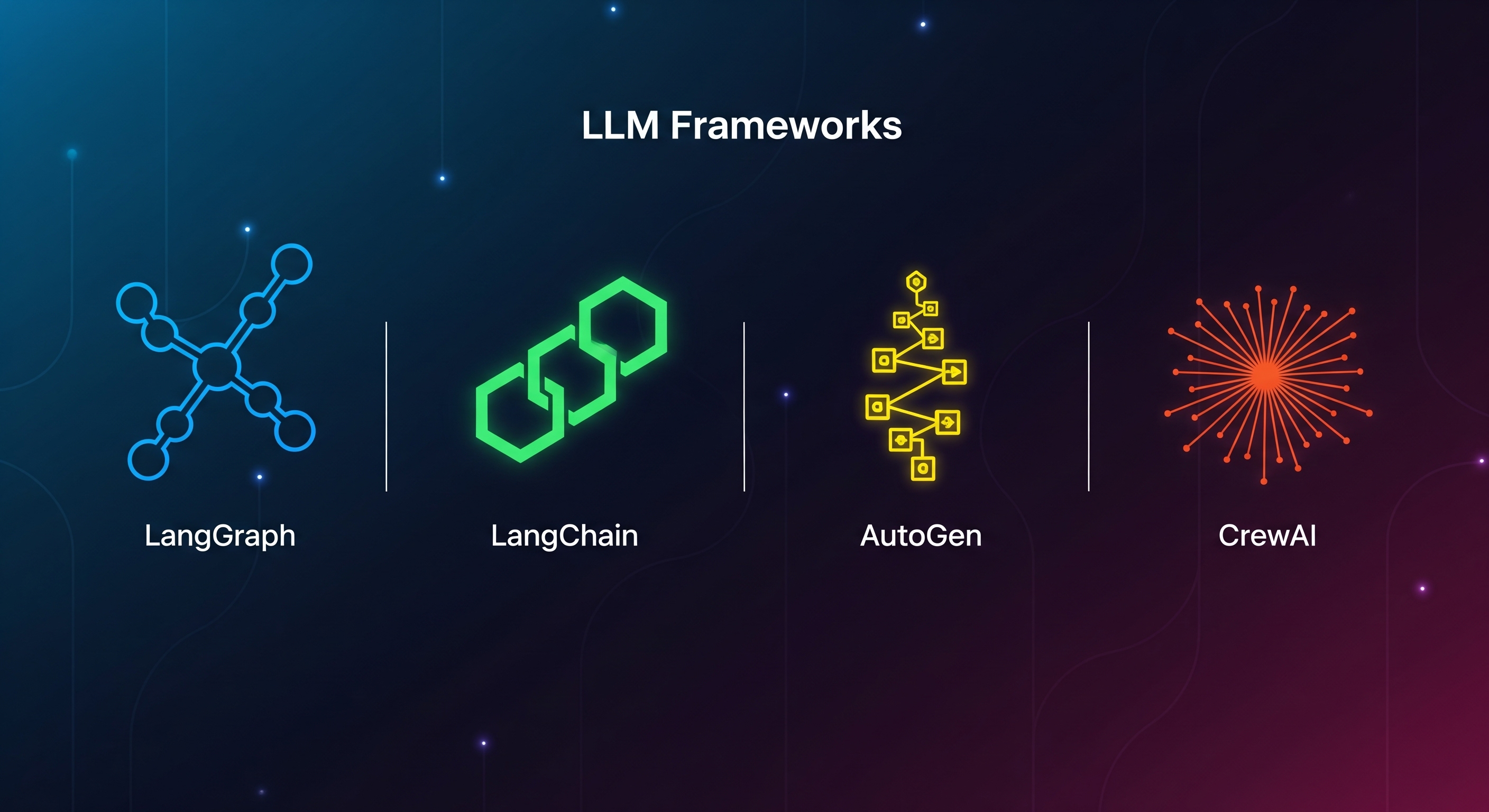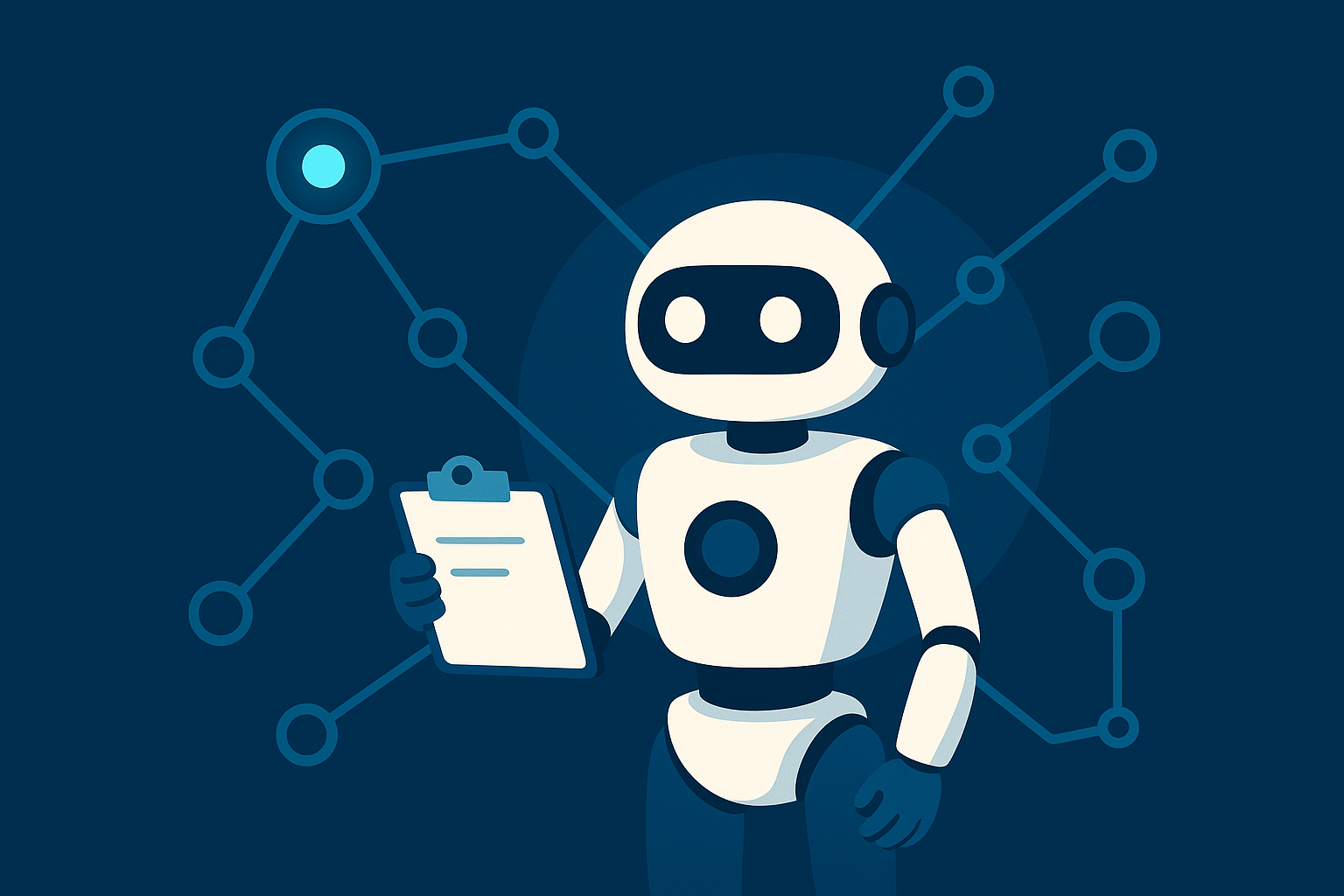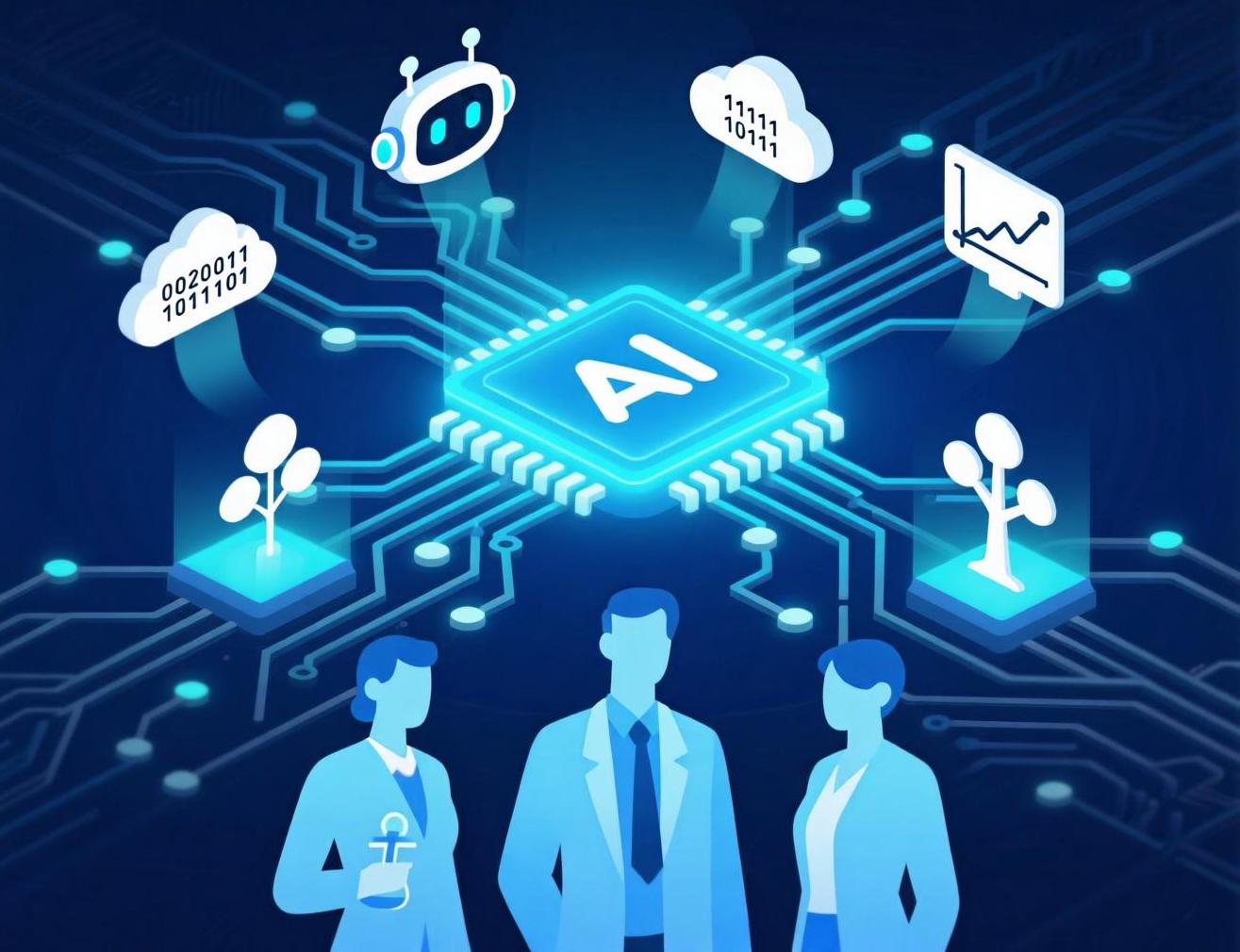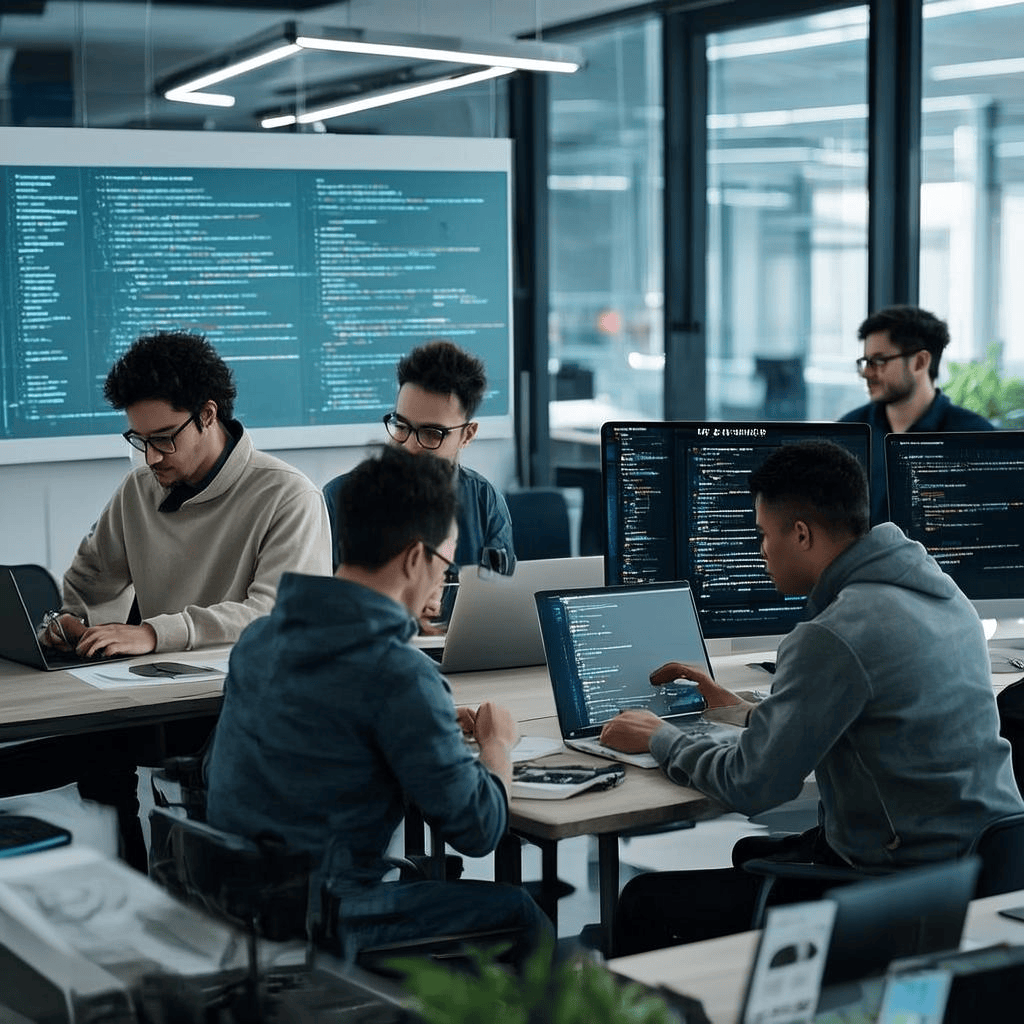Understanding Modern AI Concepts: From Anomaly Detection to Visual Inspection
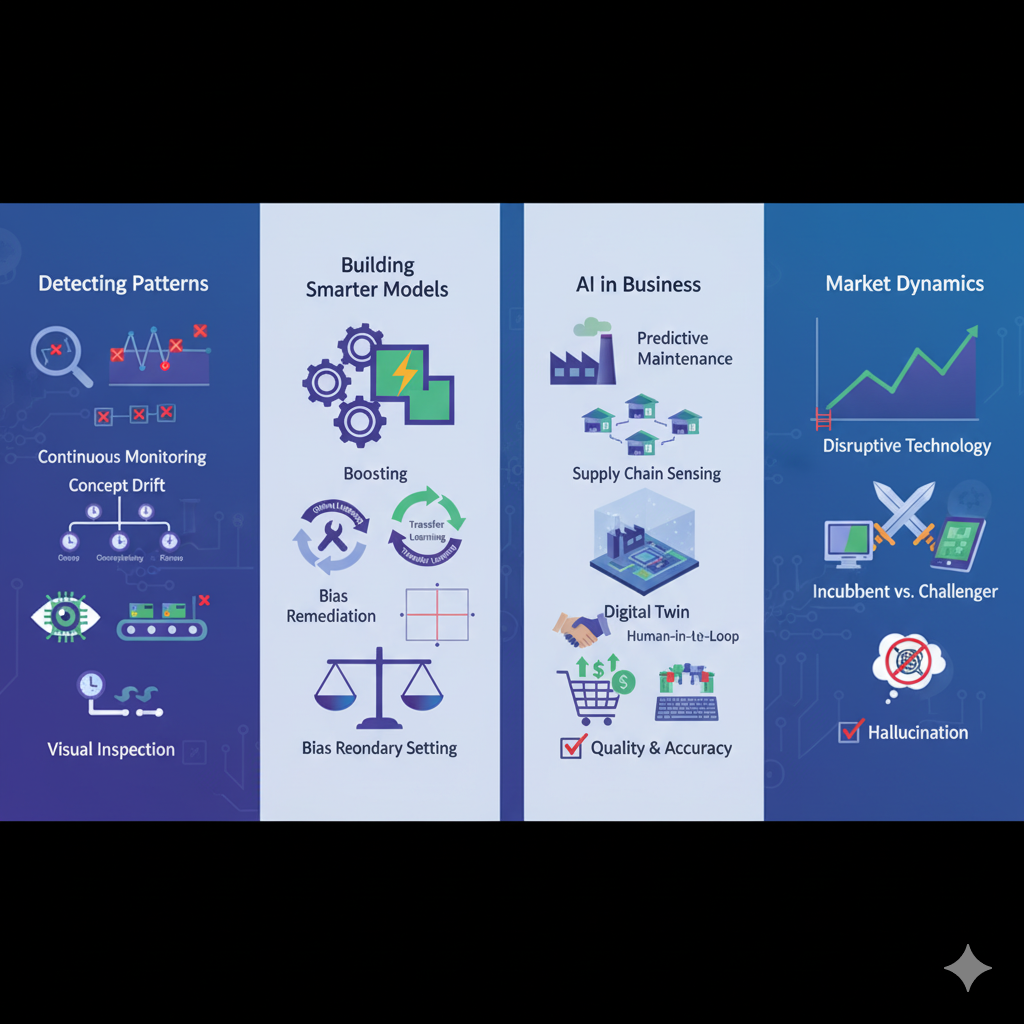
🤖 Understanding Modern AI Concepts: From Anomaly Detection to Visual Inspection
Artificial Intelligence (AI) is transforming industries, from manufacturing to supply chains, airports, and events. 🌍✨
As AI systems become more advanced, businesses need to understand the key concepts and techniques that drive these technologies.
Here’s a guide to some of the most important AI terms and their practical applications. 💡
🔍 Detecting and Understanding Patterns
Anomaly Detection and Classification help identify unexpected patterns in data, which is critical in industries like manufacturing or security. 🏭🔒
Concept Drift ensures models remain accurate as data patterns change over time. 📈
Combined with Continuous Process Monitoring and Unit Process Monitoring and Control, AI can flag deviations in operations, enabling proactive responses. ⚙️🚨
Visual Inspection and Computer Vision 🖼️👁️ allow AI to interpret images or videos, making quality control faster and more accurate than human inspection alone. ✅
Data Augmentation can enhance training datasets by creating varied versions of existing data, improving AI performance. 📊📸
🧠 Building Smarter AI Models
Techniques like Boosting ⚡ improve prediction accuracy by combining weak models into a strong one.
Online Learning and Transfer Learning 🔄 allow models to adapt continuously or leverage knowledge from related tasks.
However, challenges such as Overfitting, Imbalanced Datasets, Oversampling, Undersampling, Exploding Gradients, and Vanishing Gradients ⚖️📉 need careful handling to ensure robust models.
Decision Tracing and Bias Remediation 🧾⚖️ ensure that AI outputs are interpretable and fair, reducing errors or unintended discrimination.
Boundary Setting 🧩 defines the scope and assumptions for AI, preventing misuse or unrealistic expectations.
🏭 AI in Business and Manufacturing
Predictive Maintenance 🛠️ and Intelligent Manufacturing Systems leverage AI to anticipate equipment failures and optimize operations.
Supply Chain Sensing and Supply Chain Resilience 🏗️🚚 help companies detect disruptions early and recover quickly.
Digital Supply Chain Platforms and Digital Twins 🖥️🔗 enable simulation, collaboration, and analysis, adding efficiency and flexibility to operations.
Dynamic Pricing and Promotion, Omni-Channel Distribution, and Value Formation 💸🛒 showcase how AI drives business decisions, creating value while improving customer experiences.
Techniques like Human-in-the-Loop 👨💻🤝 ensure that critical decisions maintain a balance between automation and human judgment.
📊 Understanding Market Dynamics
AI also plays a role in Disruptive Technology trends. 💥
New technologies often gain traction in the Low End of the Market, appearing to show Inferior Performance initially. ⬇️
Over time, through the Disruption Process, they improve and capture the High End of the Market, challenging Incumbent Technologies. ⬆️⚔️
Disruption Footholds often determine where these technologies first gain adoption. 🪜
✅ Ensuring Quality and Accuracy
AI systems must handle Mixed Data Type Problems effectively and avoid errors like Hallucination, where outputs appear plausible but are incorrect. 🚫🤯
Proper monitoring, model evaluation, and ethical design are key to trustworthy AI. 🔒🧭
See more blogs
You can all the articles below

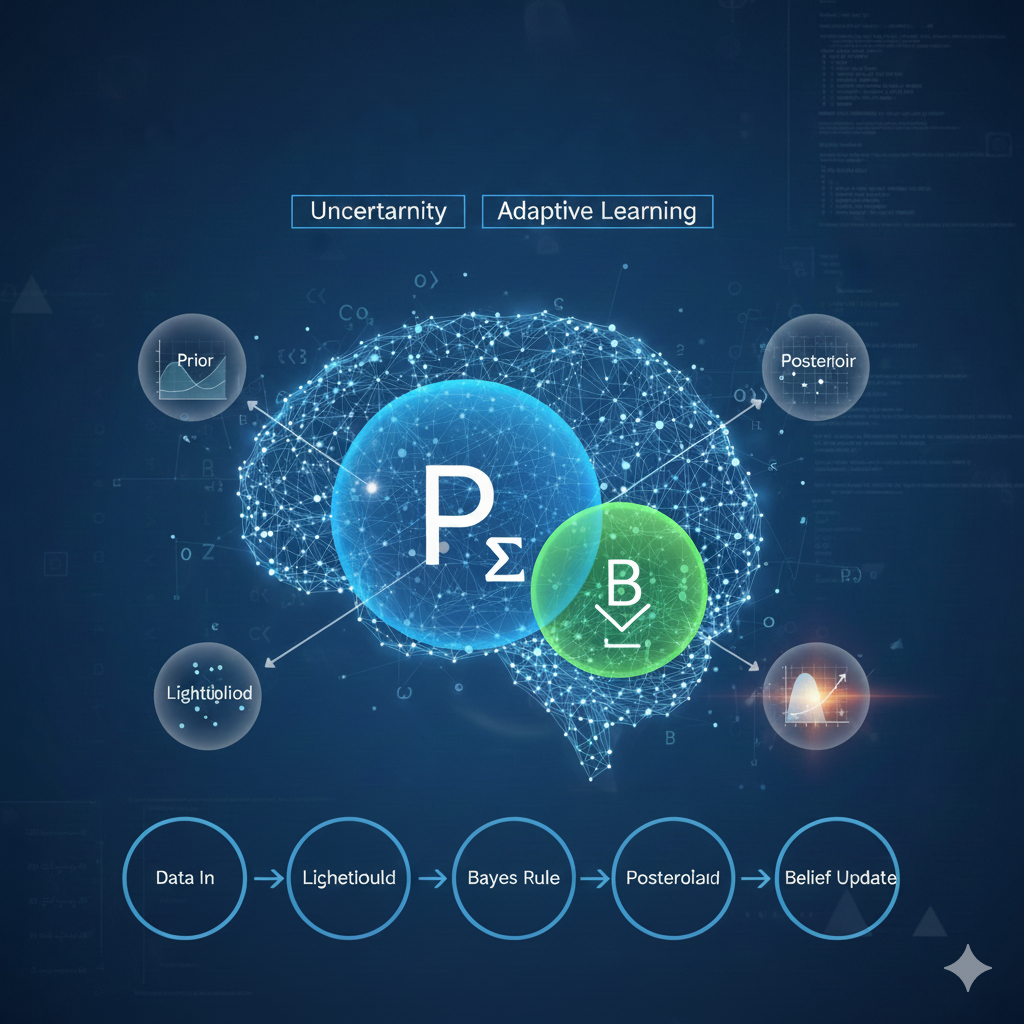

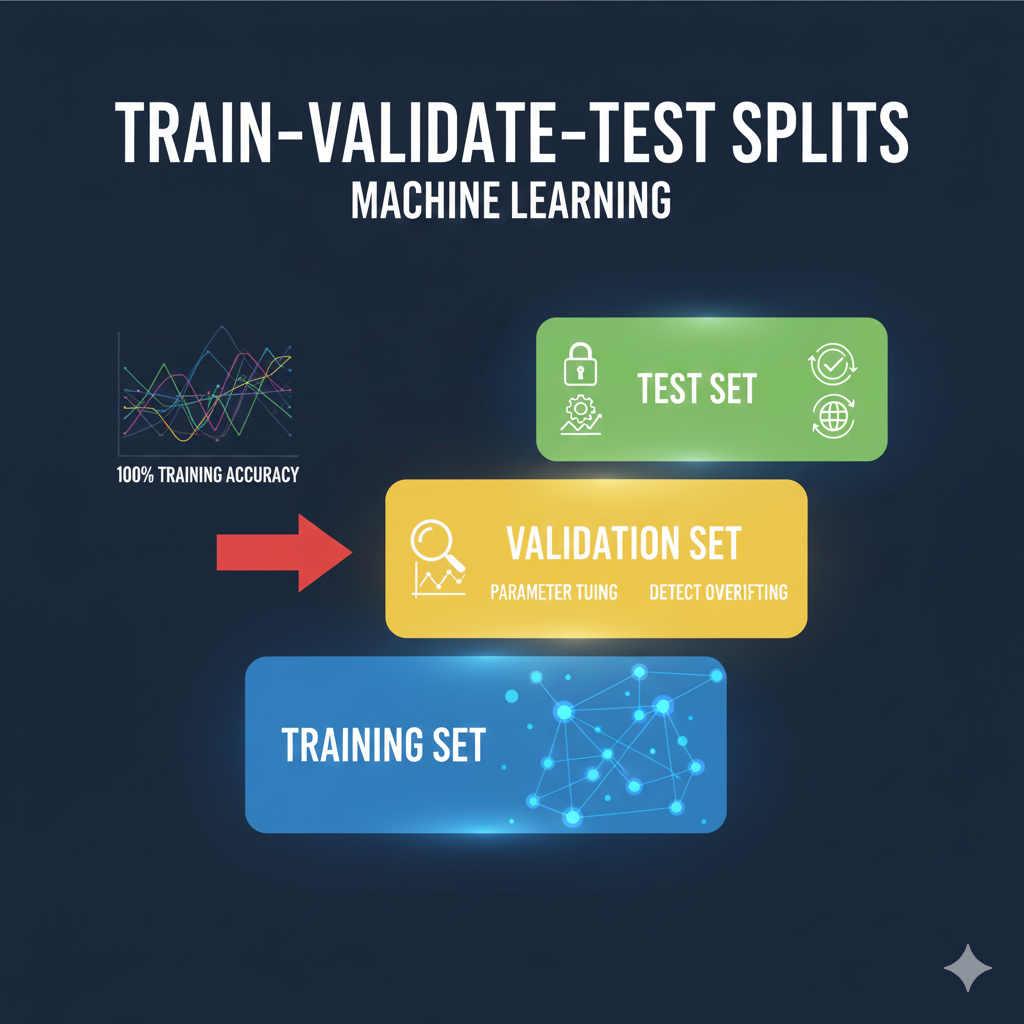

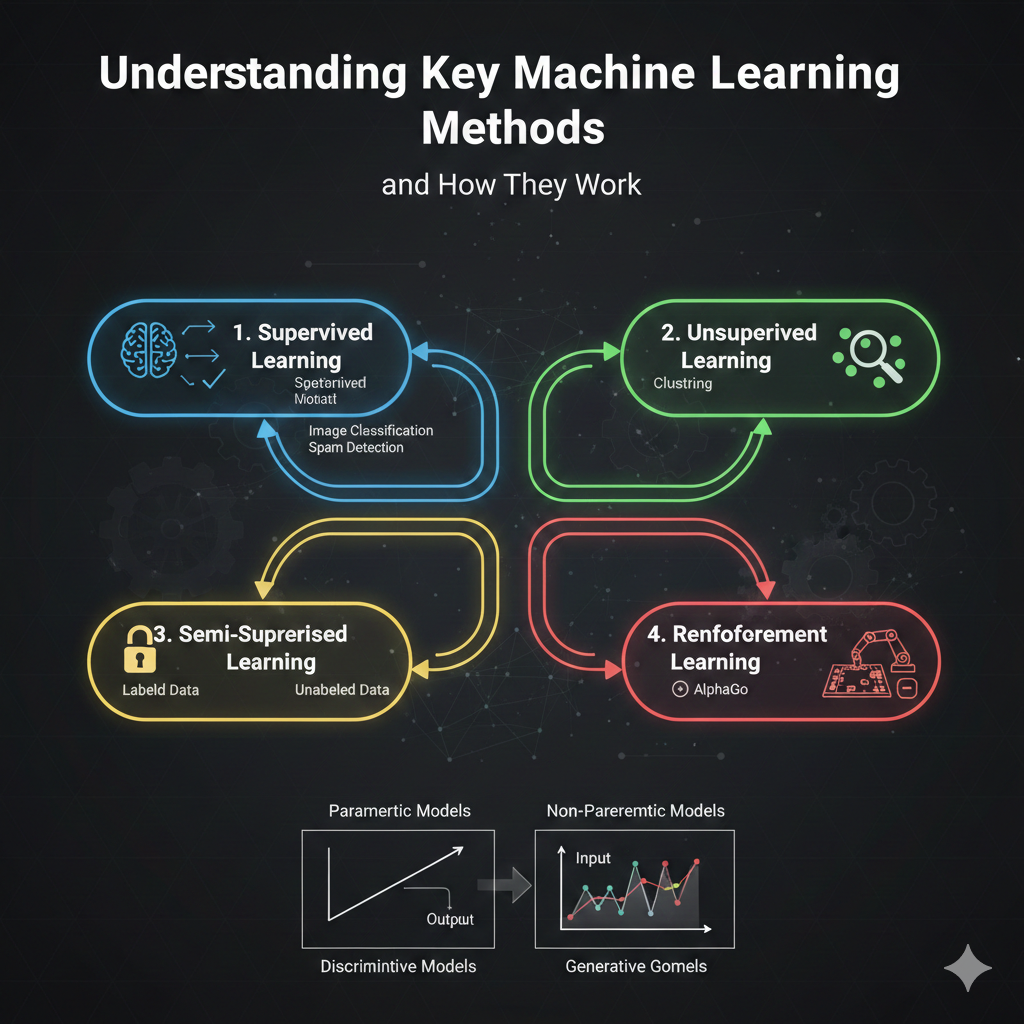
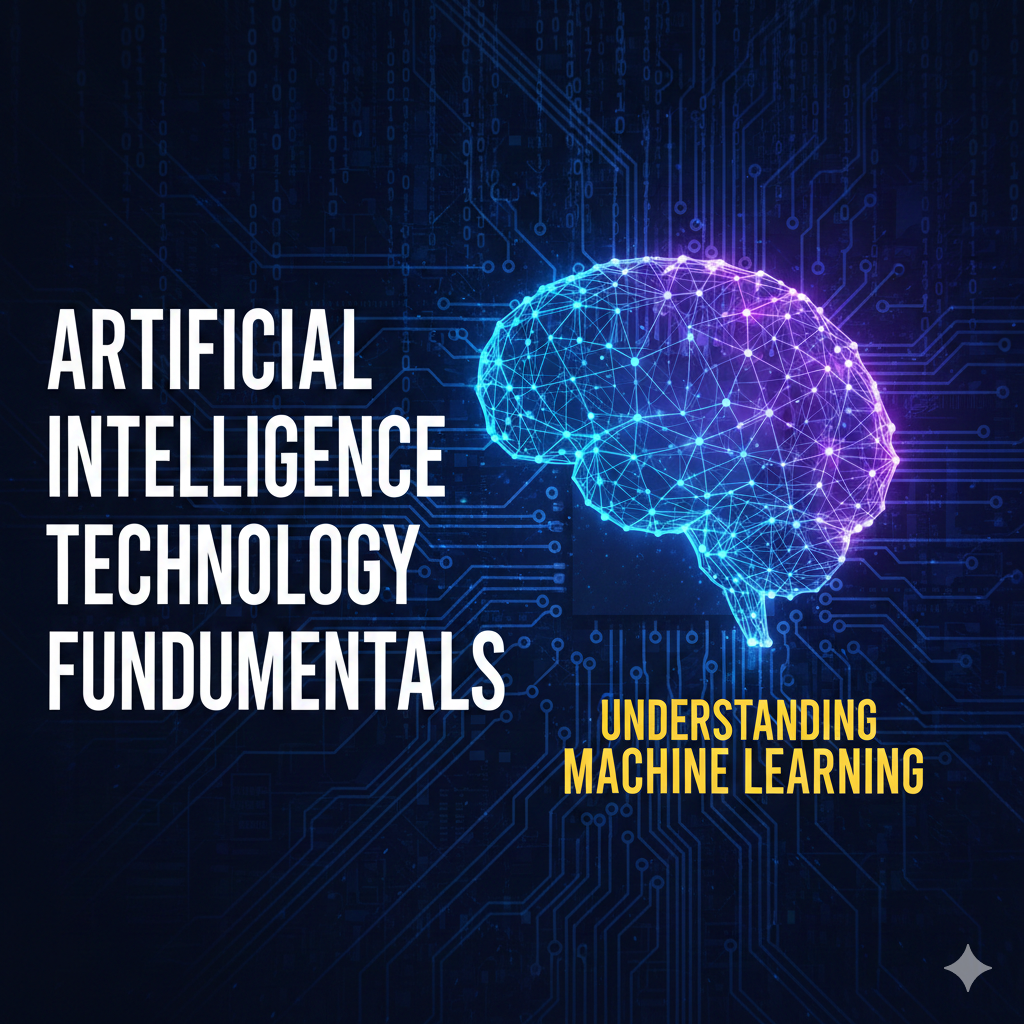
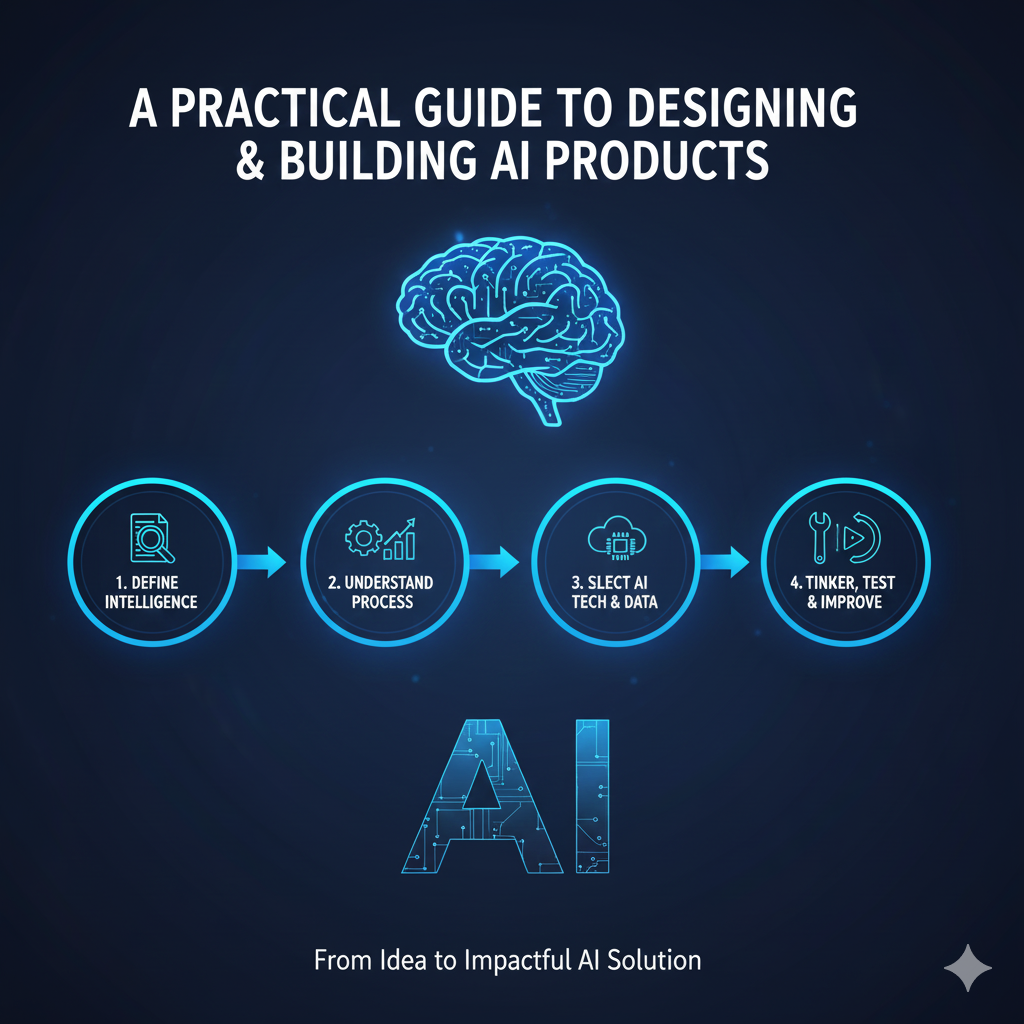
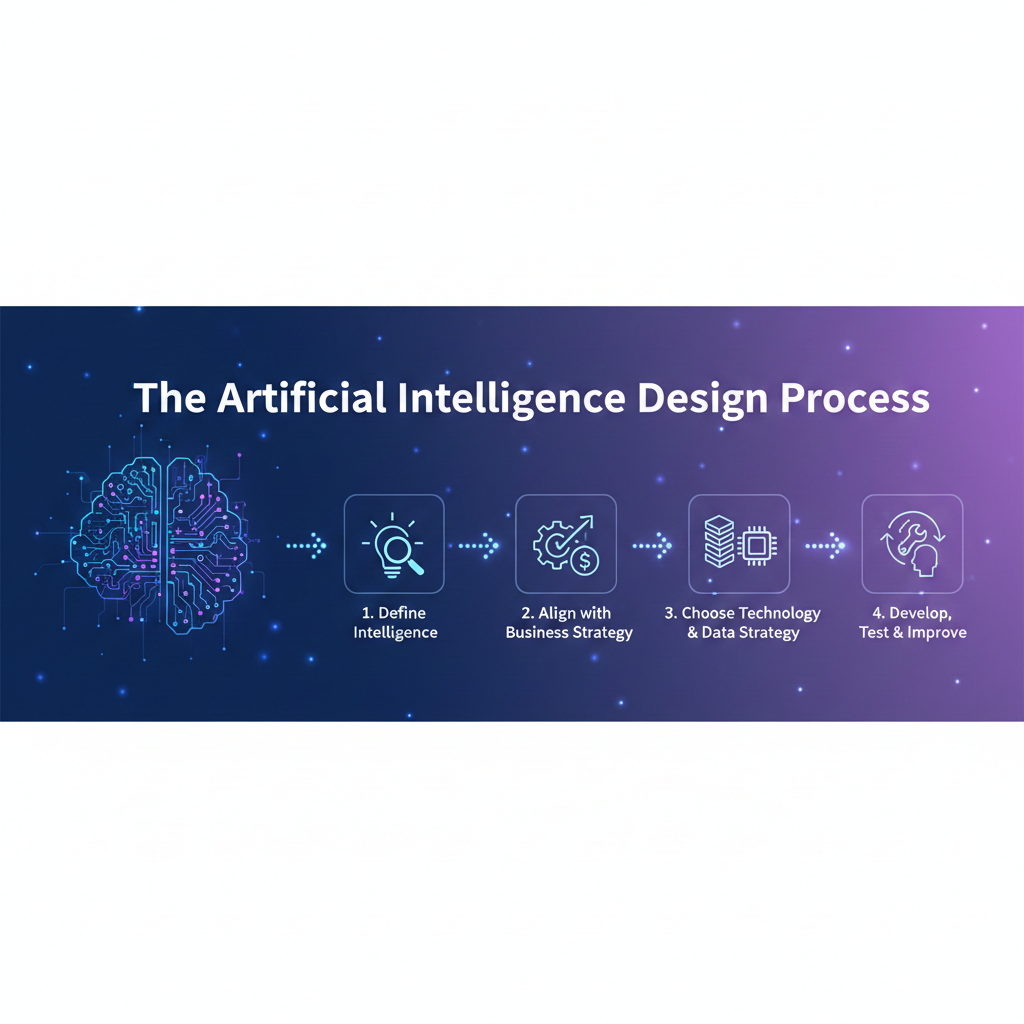
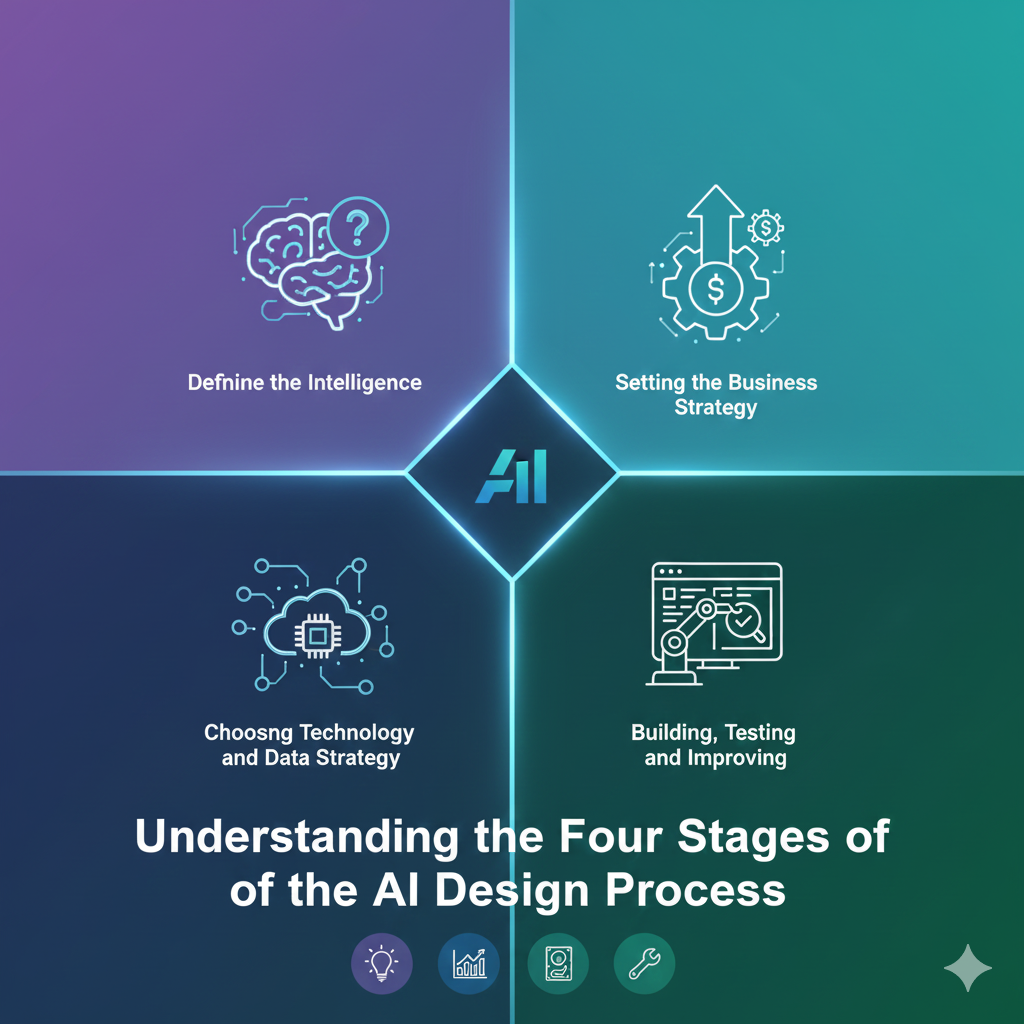
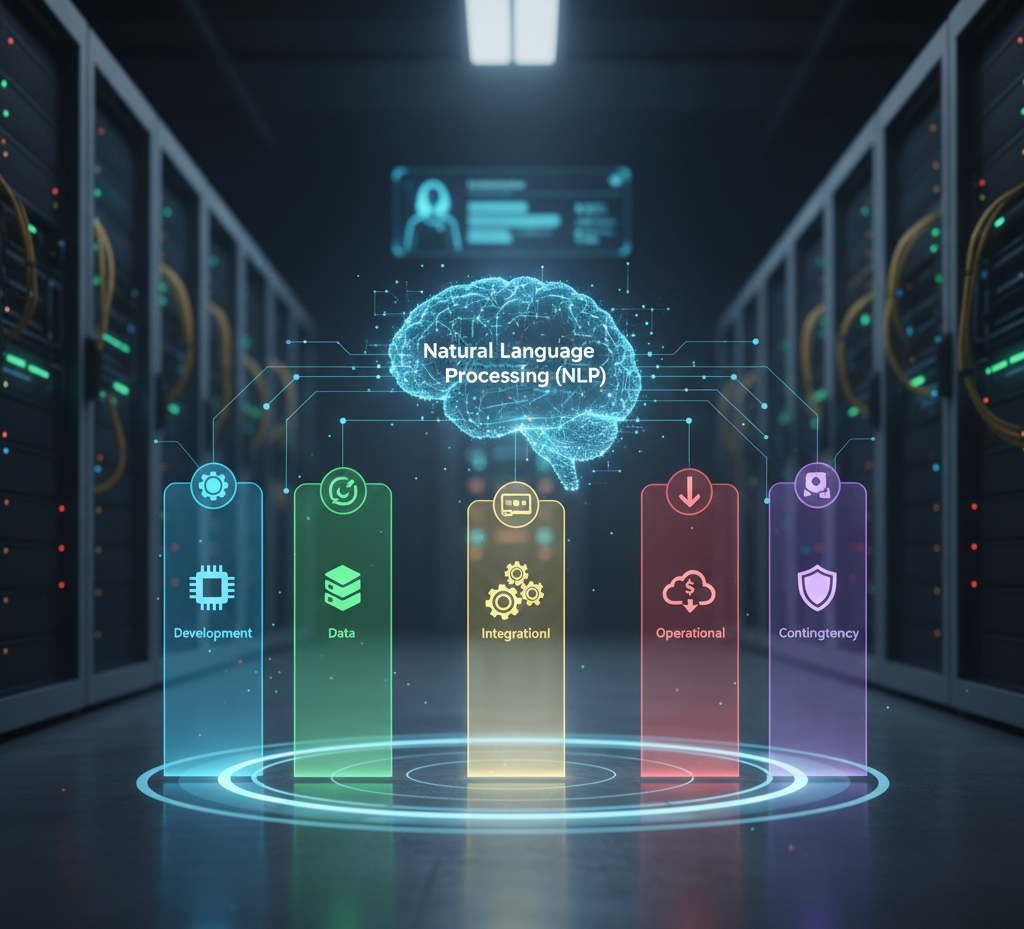
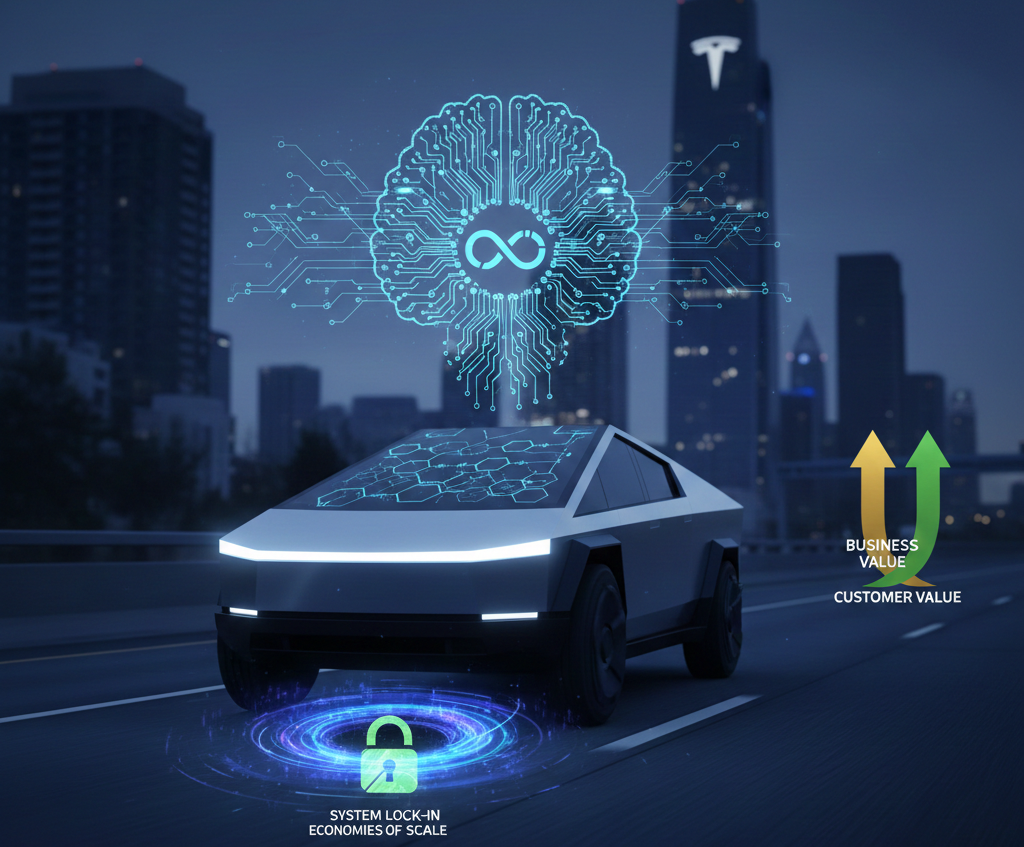
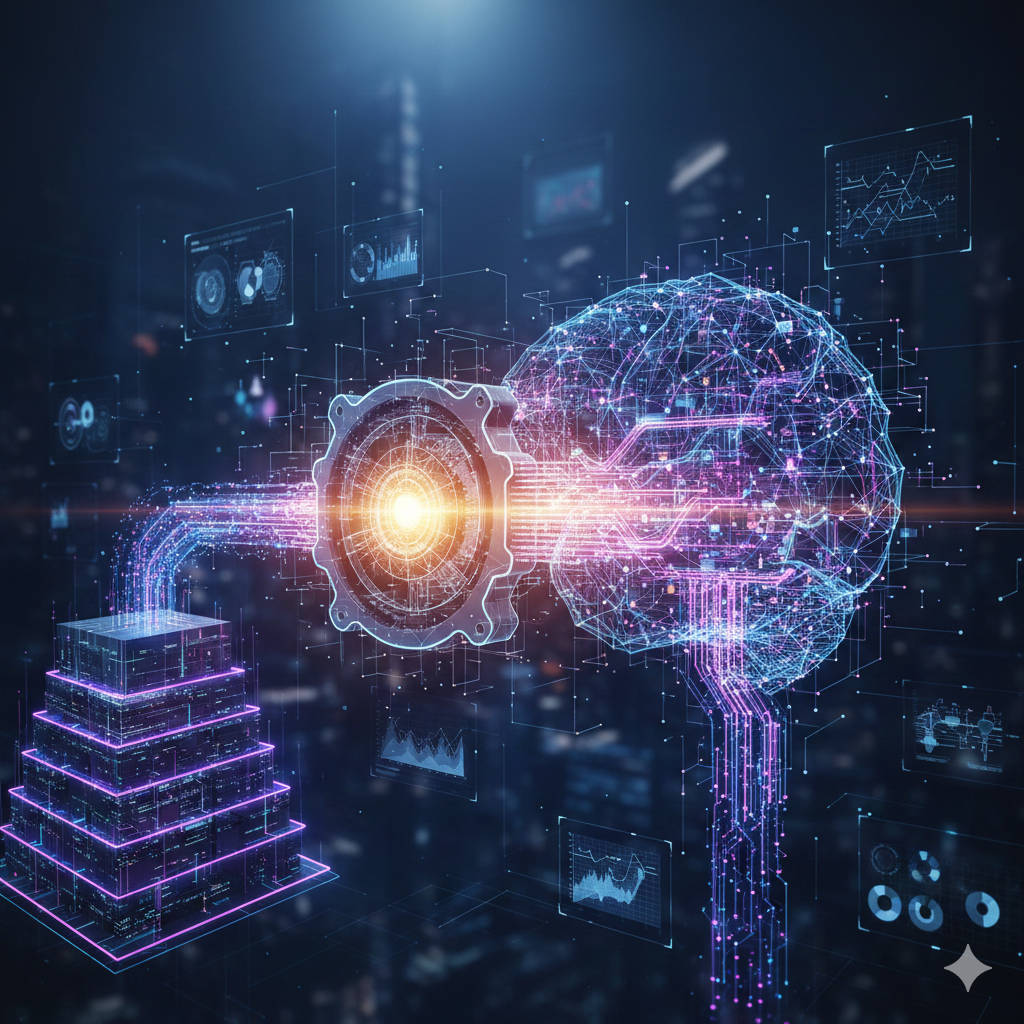
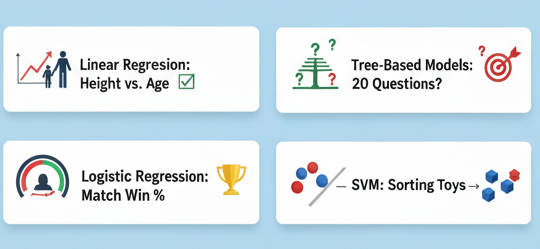
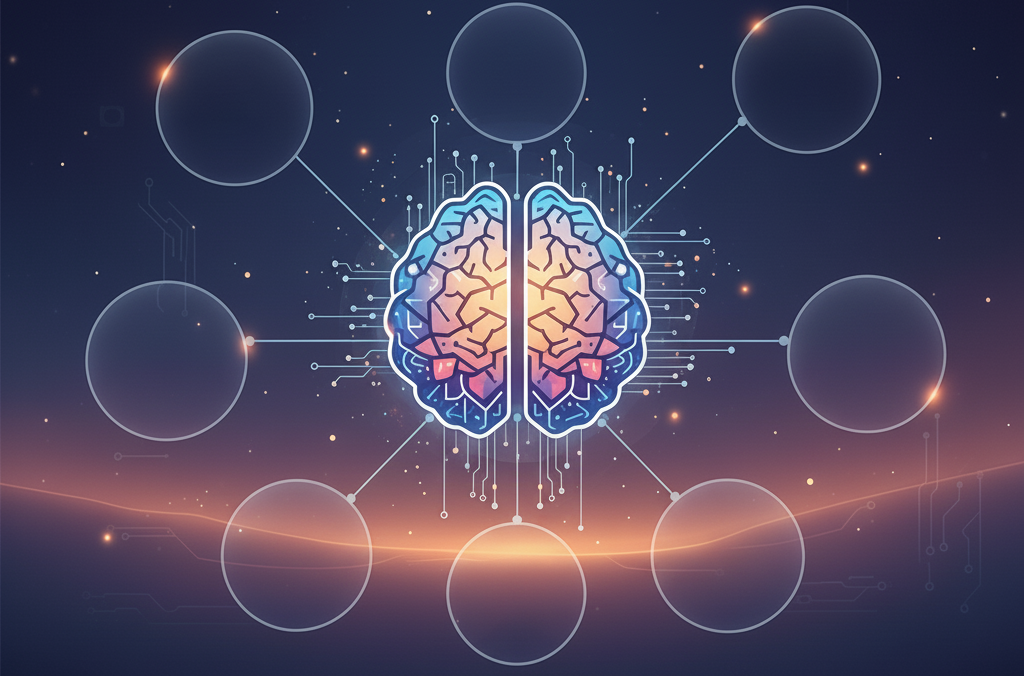

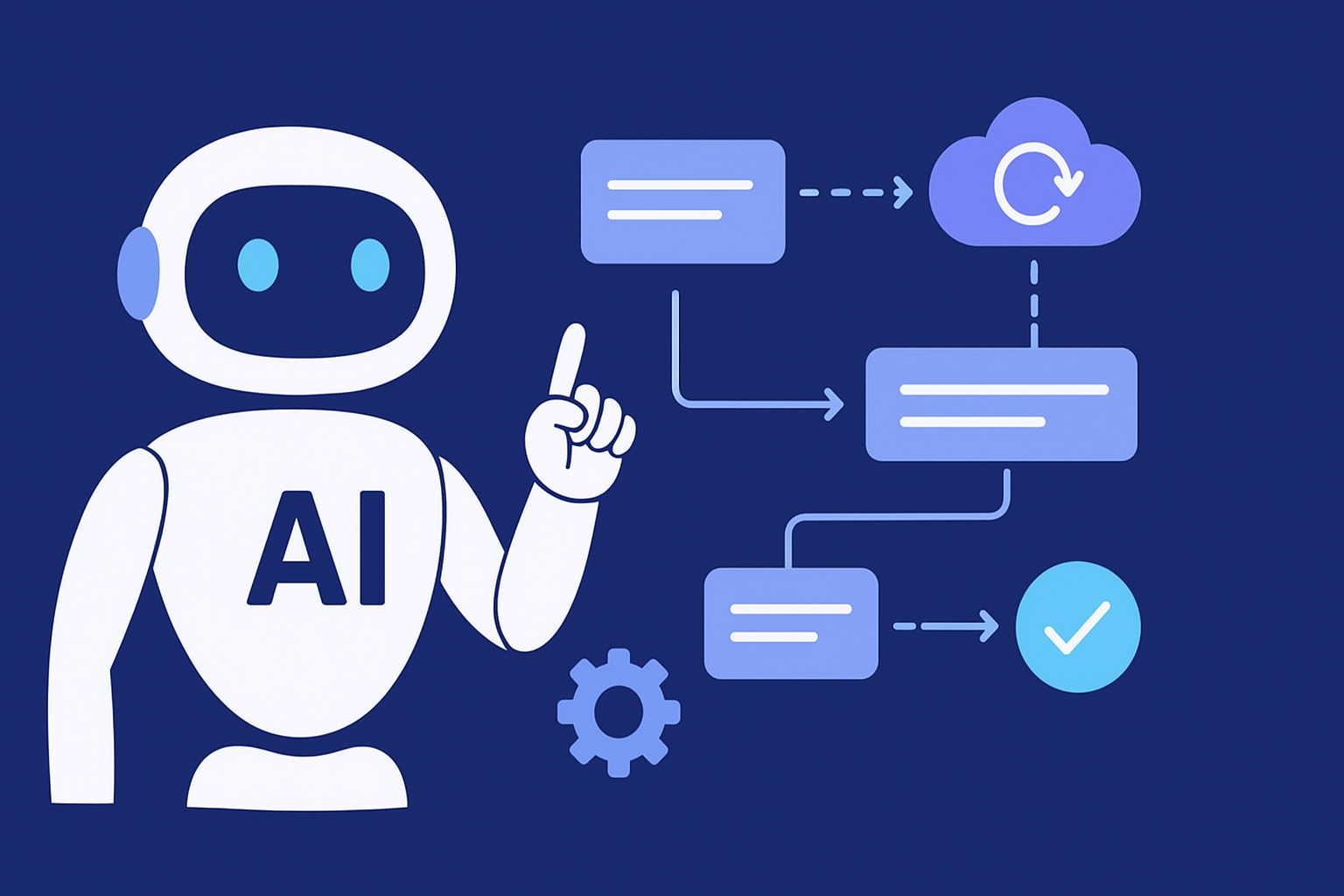

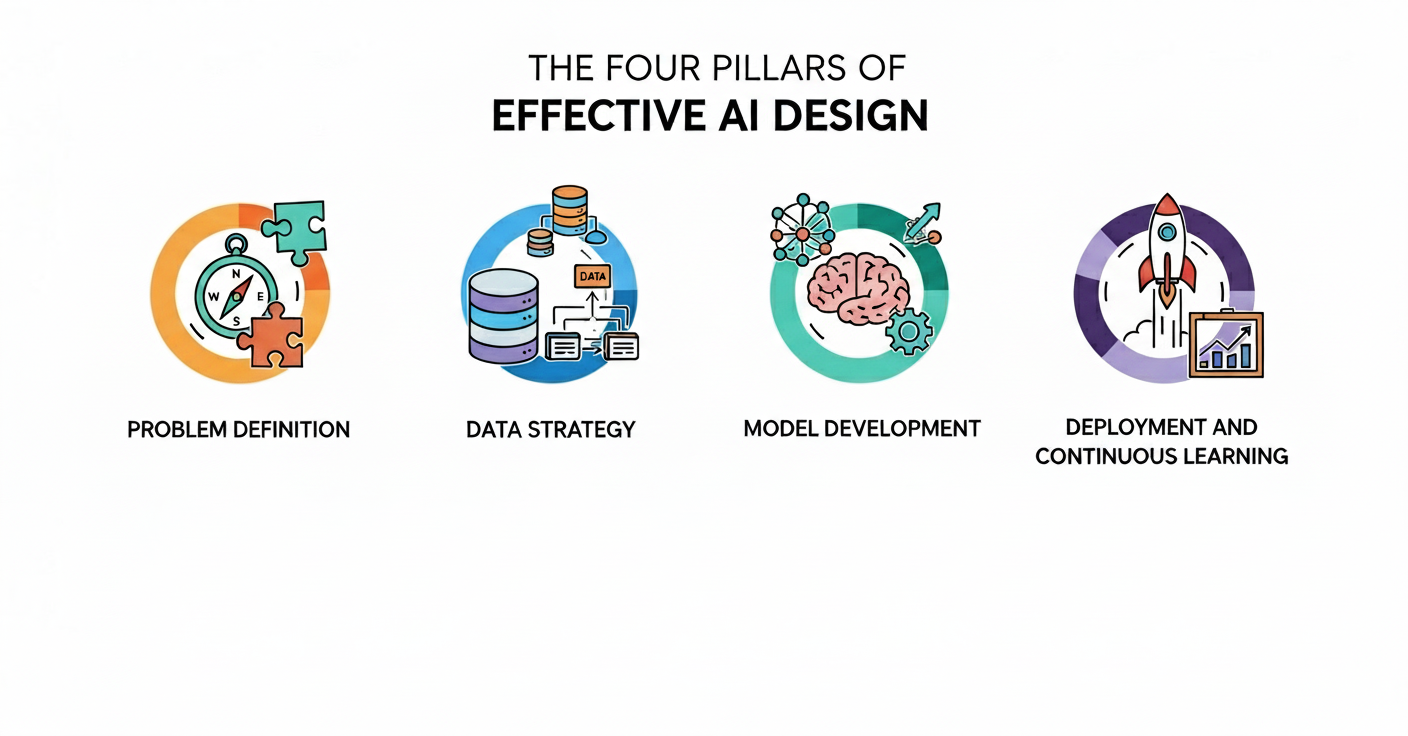
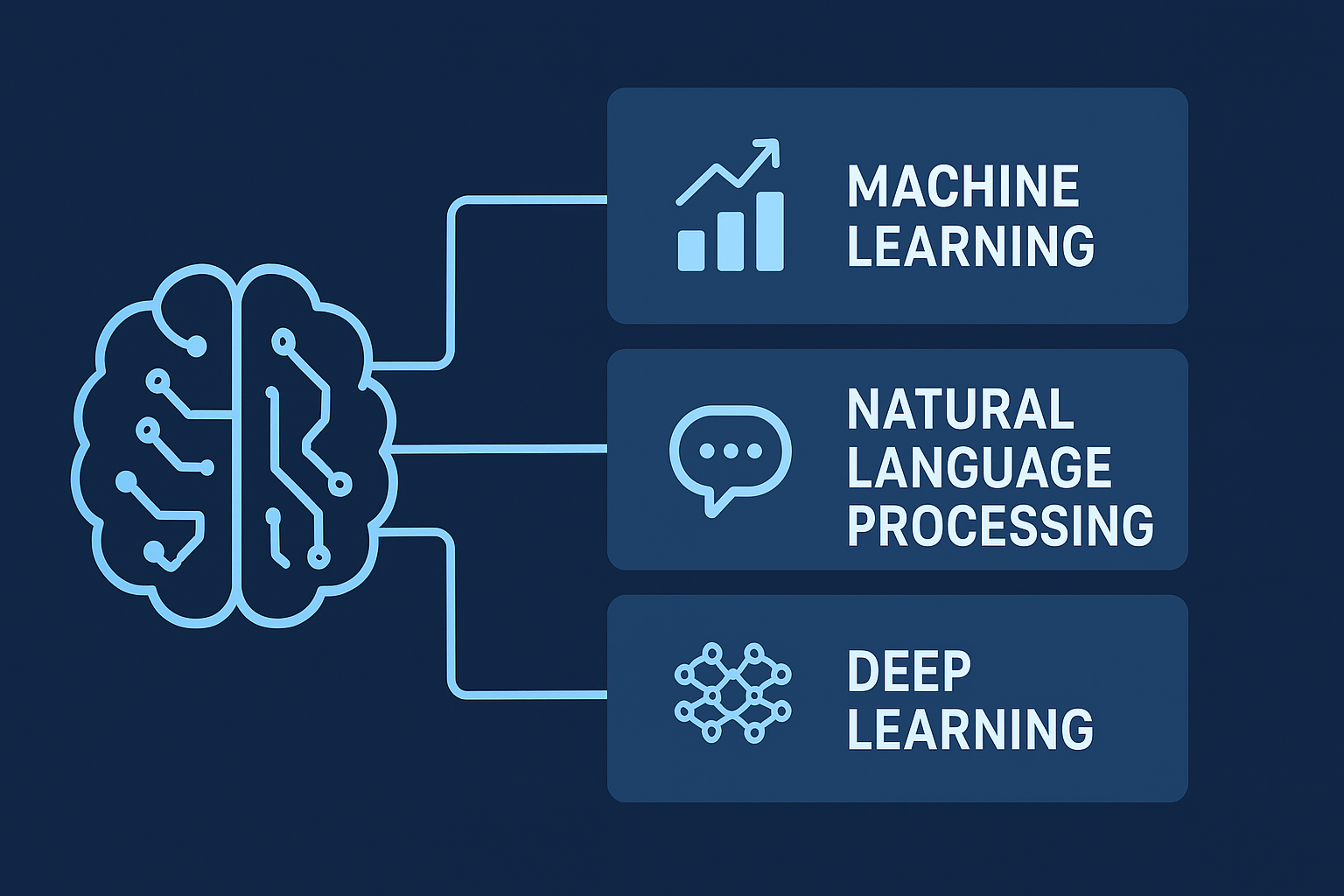
.png)
